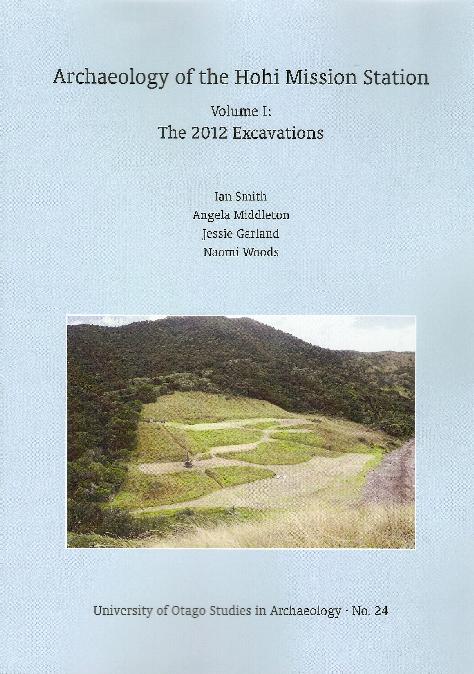Archaeology of the Hohi Mission Station
Te Hohi (Oihi) Mission Station was the first permanent European settlement in New Zealand, giving it a significant place in the settlement history of New Zealand. Established by Samuel Marsden in December 1814 under the protection of local chiefs who occupied the adjacent Rangihoua pa, Hohi was home to a community of ca. 25-30 Europeans and a place of work and schooling for numerous Maori. It was also the focal point of Maori-European interactions in the Bay until other localities with better anchorages became more popular with visiting ships in the early 1820s and other European settlements were established in Kerikeri, Paihia and Kororareka.
Archaeology of the Hohi Mission Station Volume 1: The 2012 Excavations
Hohi was abandoned in 1832, with the last of its missionaries relocating to Te Puna, about 1km to the west. Te site was never reoccupied, giving it outstanding archaeological potential as an undisturbed record of the first 18 years of European settlement. This period is as yet poorly known through the archaeological record. Hohi was also one of the earliest mission station founded in the South Pacific. The book describes the archaeology undertaken by the University of Otago,
Available from the department http://www.otago.ac.nz/anthropology/arch/publications/UOSPA/UOSPA.html. See also Marsden Cross.
